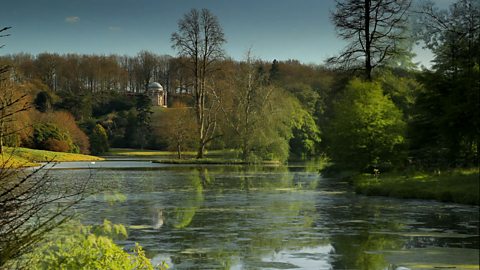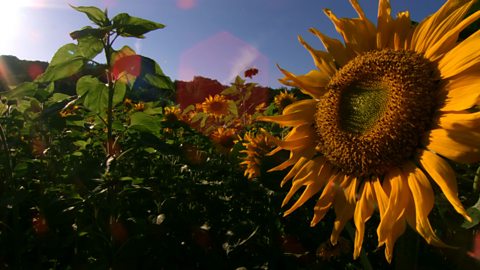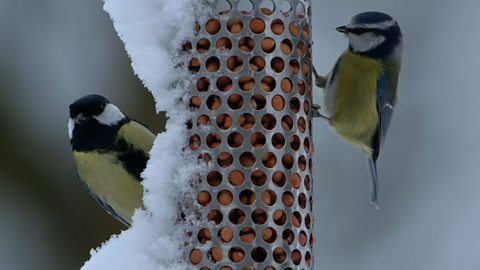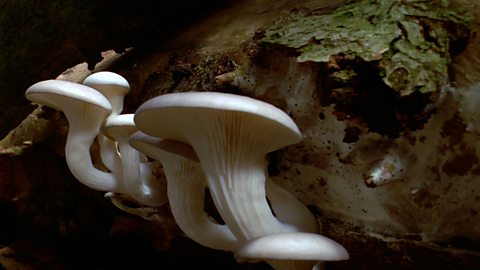Video summary
A variety of native birds display seasonal spring time behaviour, plants burst into leaf and flower which shows the change in the landscape.
The birds sing to establish territory, build nests, sit on eggs and then feed their newly hatched young.
Young animals are seen playing with each other and in the company of their parents.
This behaviour is contrasted with human seasonal activity of children on an Easter egg hunt and families walking in woodlands.
This clip is from: The Great British Year
Teacher Notes
Key Stage 1 / Key Stage 2:
Discuss animal behaviour during spring – what do pupils think makes them act the way they do.
Does the weather help or hamper them?
This clip will be relevant for teaching Science/ Geography.
This topic is suitable for KS1 and KS2 in England and Wales and in Northern Ireland. Also Early and 1st Level in Scotland.
British plants, animals and landscapes through the four seasons. video
Plant and animals respond to the changes in the seasons.

How summer weather affects the behaviour of British animals and plants. video
Wild animals find a variety of abundant summer food sources.

How winter weather affects the behaviour of British animals and plants. video
Winter for animals is not so much fun, and this clip looks at the work animals put in with their continuing quest for food.

What does it take to raise a baby bird? video
Male birds sing to attract a partner and warn other birds away. Then the partner birds team up to incubate the eggs and feed the young.

How autumn weather affects the behaviour of British animals and plants. video
Animals in autumn prepare for winter by storing food, migrating or hibernating.

How fallen leaves are broken down by worms, fungi and slime molds. video
How leaves of broadleaf plants are broken down by earthworms, fungi and slime molds.
